Canon EOS 5D Mark IV Digital SLR Camera
The Group 5D Imprint IV DSLR joins the 5D family by adding a splendid new 30.4 MP sensor, 4K video, working in Wi-Fi, GPS and NFC making the best picture catch conceivable with simple document move.
Our Decision
The Group 5D Imprint IV has enormous boots to load up with the past form, the 5D Imprint III, being such a tremendously well-known model of Computerized SLR Camera fit for incredible still symbolism and video as well.
Fortunately, there is a tranche of new highlights to make this a camera you need to move up to.
Picture quality must be surprising, and Standard has incorporated an all-new 30.4 Megapixel CMOS sensor joined with the noteworthy DIGIC 6+ processor (as tracked down in the Ordinance EOS-1D X Imprint II).
For the videographer, there is the great Double Pixel CMOS self-adjust and 4K film catch, while the picture taker will undoubtedly be dazzled with every one of the new remote elements worked into the camera to guarantee record move and controller is a doddle.
We Love
Touchscreen LCD for exact concentration during video and live-view
How much in-constructed remote capacities
A 30.4 Megapixel sensor is a huge leap up on the 5D Imprint III
AF framework is taken from the Ordinance 1D X Imprint II – the crown gem of Standard DSLRs
Ordinance 5D Imprint IV Elements exhaustively
Sensor
The Group 5D Imprint IV sensor is all-new as full-outline CMOS equipped for creating 30.4 Megapixel pictures. A critical overhaul on the Standard 5D Imprint III and its past renditions.
Because of the idea of full-outline sensors, their result will be exceptionally sharp, the commotion will be lower in low-light circumstances (helped by an expanded ISO reach) and there will be a lot of detail in each shot.
Processor
While focal points and sensors are the camera’s eyes, the DIGIC 6+ processor, as tracked down in the Group EOS-1D X Imprint II, can be compared to the cerebrum.
The better and all the more impressive the processor, then the better picture quality a camera can deliver – as it is fit for handling more data before it is kept in touch with the memory card (for this situation either an SD card or Smaller Blaze card).
A processor is likewise liable for aiding persistent mode, the more impressive it is then the more pictures it can support and keep in touch with memory. For this situation, the 5D Imprint IV burst mode can catch 7 casings each second (7fps) – one more increment on the more seasoned 5D models.
Reflect Vibration Control Framework
Presented in the Standard EOS 5DS and 5DS R, the mirror vibration control framework assists with lessening inward vibrations inside the mirror arrangement of this camera. Utilizing a scope of cogwheels and cams, this was first used to guarantee the high goal and sharpness of pictures weren’t impacted by terminating the shade – with the higher goal 30.4 MP sensor, this will prove to be useful.
Furthermore, the mirror being driven all over in a more controlled design as opposed to a slap and a crash assists with lessening screen commotion – ideal for use in calmer circumstances where a camera shouldn’t for a second need to turn into an interruption.
Double Pixel Crude
An all-new mode from Standard for this Advanced SLR camera is the Double Pixel Crude shooting mode. This catches 2 Crude records – one ordinary Crude and a Double Pixel Crude.
Utilizing Standard’s DPP (Advanced Photograph Proficient) Programming with the Double Pixel record adds three new cycles you can perform post-shoot.
‘Picture miniature adjustments use data in the record with respect to profundity and let you shift the place of greatest sharpness, while ‘Bokeh Shift’ gives you move obscure position access little additions to a better position lastly ‘Ghosting Decrease’ assists with moving any ghosting or erupting to again improve your unique shot.
4K
Videographers will be happy by the news that involving the 5D Imprint IV for video presently incorporates the capacity to record 4K motion pictures (4096 x 2160) at 30p, 25p and 24p with a truly great bitrate of roughly 500 Mbps.
For video laypeople, the bitrate is how much information is recorded in no less than a moment of video – and to place it into viewpoint, 1080p Blu-Beam Circle requires a bitrate of only 40 Mbit/s (320 Mbps).
Clearly shooting in 4K with its high bitrate will require substantially more extra room – so we suggest keeping various SD or CF cards with you, and furthermore make certain to have the most recent forms which are equipped for composing 4K documents.
The most extreme record term for a 4K video or Full HD video is just shy of 30 minutes.
Another element present when you have recorded a 4K video on the Imprint IV is ‘outline snatch’ – which allows you to pick any edge from your film and save it as an 8.8 Megapixel picture by its own doing.
This opens up a scope of conceivable outcomes, is valuable for snatching moderately high-goal thumbnails and maybe can compensate for missing a second where you might have rather taken on some still symbolism.
5D Imprint IV Video Particulars
The goal isn’t the main thing to have had an improvement in the 5D Imprint IV video office, with added outline rates for HD video. You can now catch Full HD at 60 fps which is twofold the casing rate each second for video in the 5D Imprint III. On top of this, for clients who need more slow-movement video catch, the 5D Imprint IV can keep in HD goal at 120fps – flaunting an additional 70 casings on the last model.
Double Pixel CMOS AF is another development that has advanced from the 1D X Imprint II to this camera and is especially significant for video catch in that it utilizes the stage discovery self-adjust to give smooth centre following.
ISO
The Standard 5D Imprint IV ISO presently goes from 100 – 32,000 which is 33% of a stop more touchy, implying that a generally solid low-light entertainer has become considerably fitter.
As with other Advanced SLRs in this class, there is an expandable ISO with the H1 extended ISO of 51,200 and the H2 maximizing at 102,400.
Self-adjust
Double Pixel CMOS AF isn’t just helpful for video mode yet proves to be useful while shooting stills through live view mode – with the additional advantage of supporting the speed that the camera and focal point can zero in regarding your matter.
The AF framework has been taken indeed from the most recent 1D X yet has similar 61 focuses (41 cross-type) as the 5D Imprint III.
A tremendous distinction in this model anyway is the way that Self-adjust (according to the 1D) can now work at f/8 opening up a universe of chance with regards to centring utilizing zooming focal points and teleconverters.
The functioning scope of the self-adjust has likewise improved extraordinarily to now concentrate down to – 3 EV, making it your camera work far superior for you in lower light.
Remote
Current cameras are about substantially more than simply catching the occasion, they likewise need to work with the archiving and moving of documents. Remote innovation is overflowing out of the 5D Imprint IV – with Wi-Fi, NFC and GPS innovation all inherent.
GPS labelling of pictures allows the gutsy voyagers to list their documents by area and participates in-camera recording with IPTC information in upgrading the, generally speaking, classifying experience.
This component turns out to be significantly handier when utilized related to the in-fabricated remote FTP/FTPS move apparatus. Without precedent for a Standard DSLR, you can now interface through the camera straightforwardly to an FTP server and move pictures, the recording being an able expansion on the off chance that you are sending documents to a newsdesk or organization.
The cell phone network is presently likewise a chance, and a first for the Group 5D family, with this camera having the option to interface with your telephone remotely through Wi-Fi or NFC to the Standard EOS Far off Application. This application moves pictures to your telephone as well as allows you to assume command over the camera freely of the real camera, with video catch over Wi-Fi being included with everything else.
Touchscreen LCD screen
The touchscreen LCD is somewhat bigger than the one found in the Standard EOS 80D, at 3.2 inches, yet utilizes a similar Clear View II innovation and is a static screen as opposed to the vari-point one in the 80D.
Just utilizing the tap of a finger you can now change centre focuses during live view and video modes, with the face recognition innovation proving to be handy in the event that your subject is of the human structure.
You can likewise alter various controls when in live view mode utilizing the screen, which might suit the functioning style of some – and doesn’t influence the number of actual controls on the camera body, which will suit the functioning style of others.
Assemble
The Ordinance EOS 5D Imprint IV is worked around a magnesium composite and polycarbonate mix in view of the components and style. It is a wonderful camera to observe, and its controls, while perhaps not currently natural to the picture taker will turn out to be so in the blink of an eye.
Because of a new superspeed USB 3.0 port, the controller port has moved to the front of the camera and an extra custom capability button has been added to the back of the camera.
An adjustment of materials has not impacted the strength of the camera but rather has figured out how to manage 50g to take the complete load of the body all alone to around 890g. There has likewise been a scope of changes to the seals to further develop camera strength in harder weather patterns.







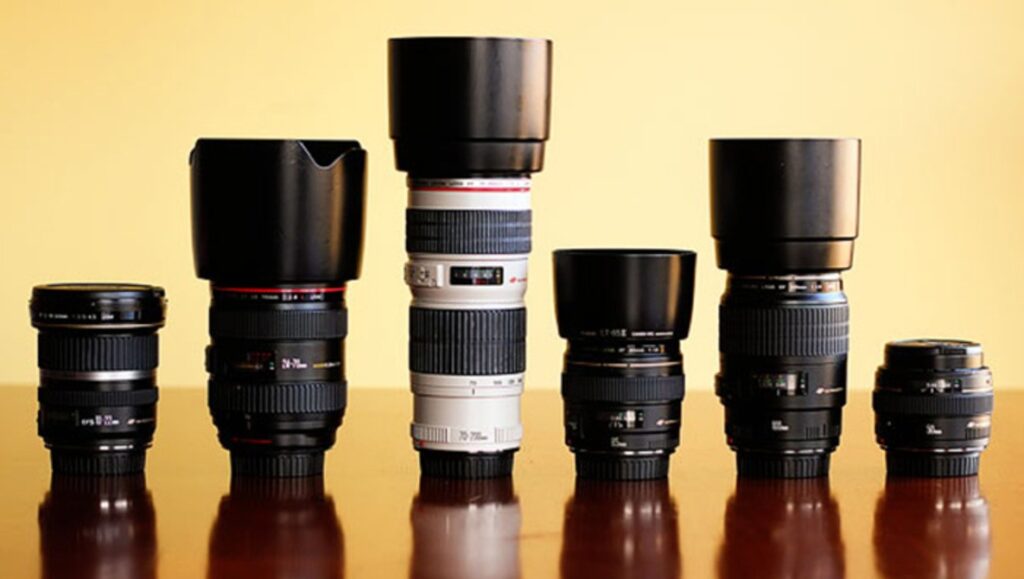



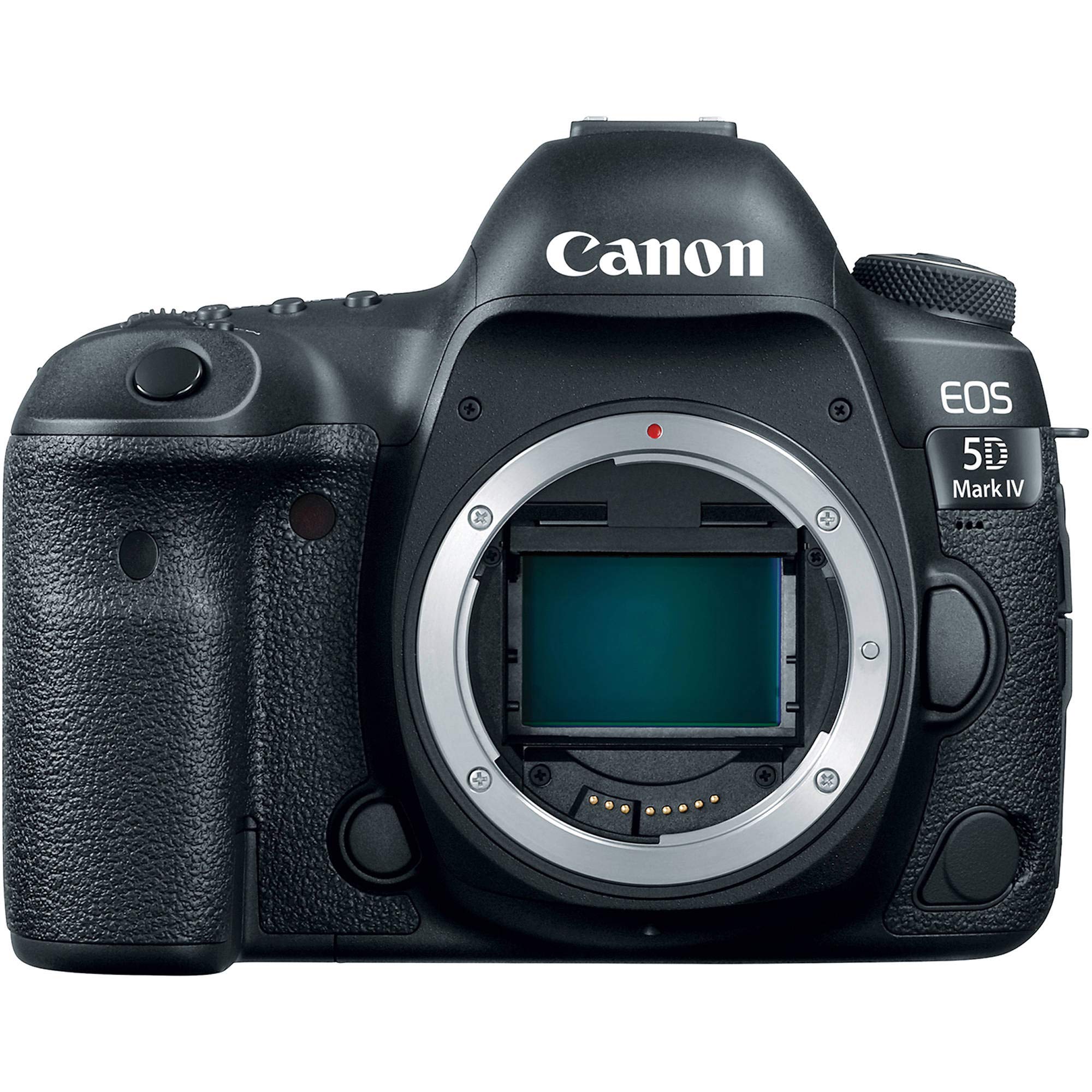
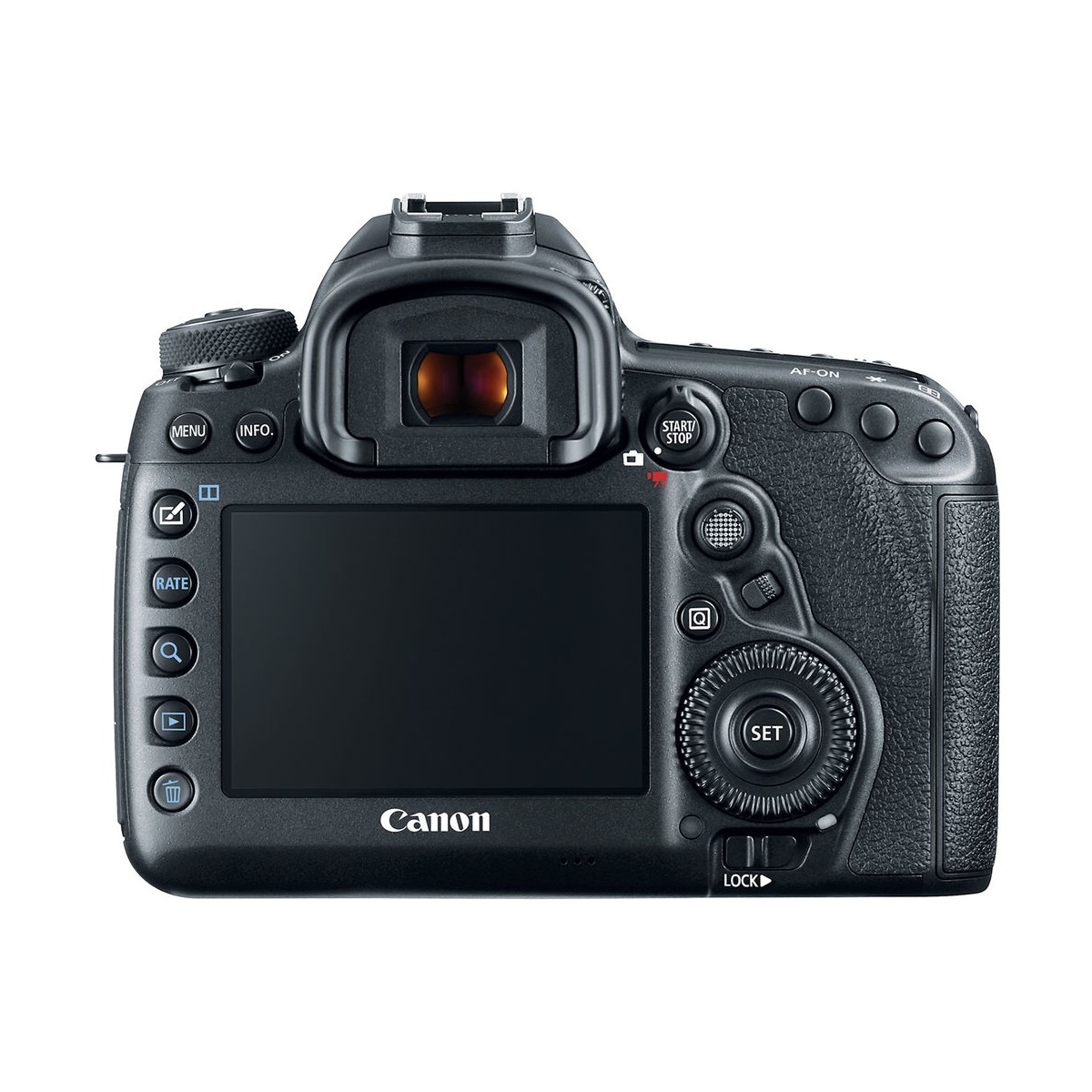
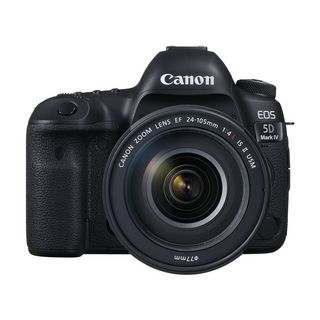
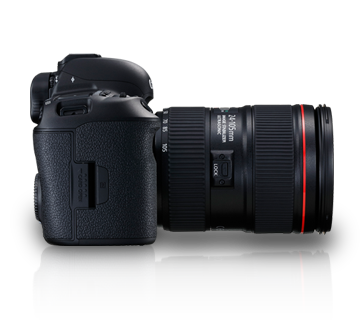
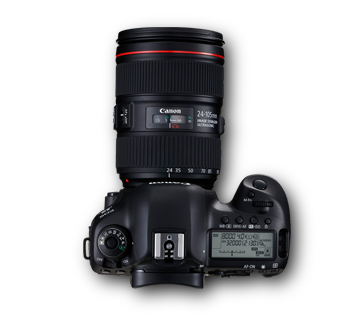
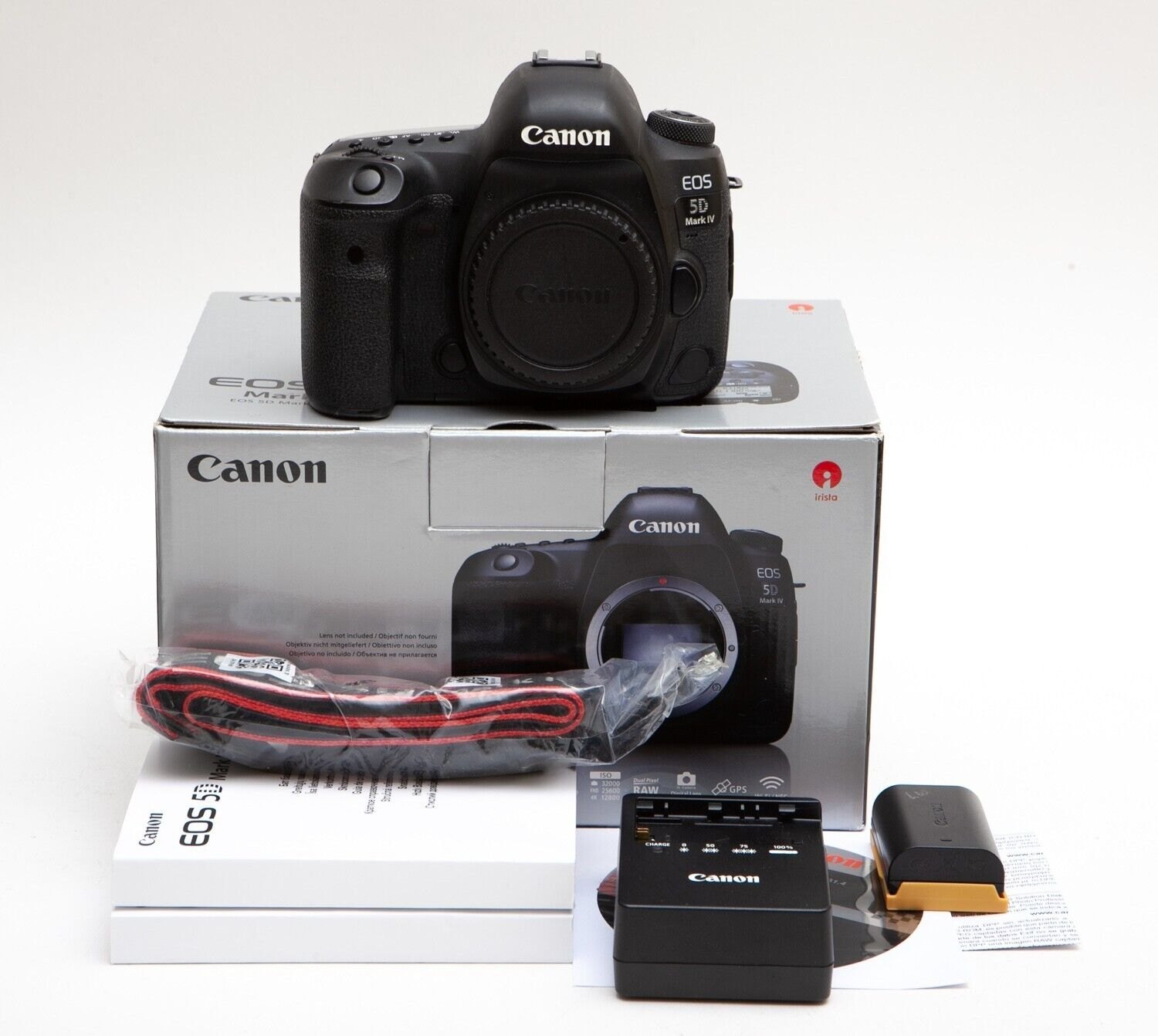



Reviews
There are no reviews yet.